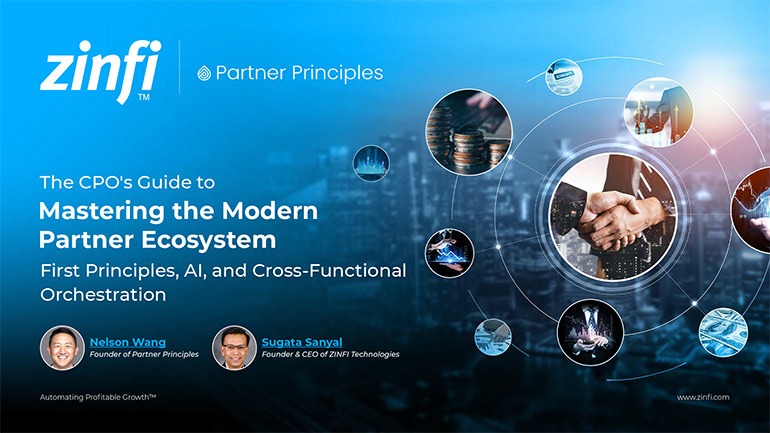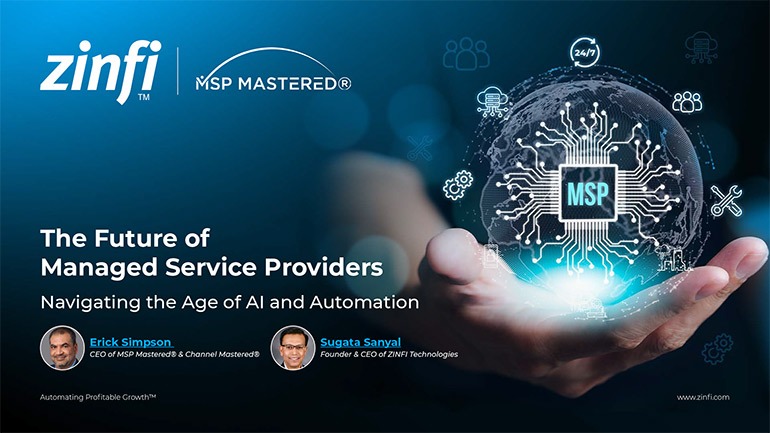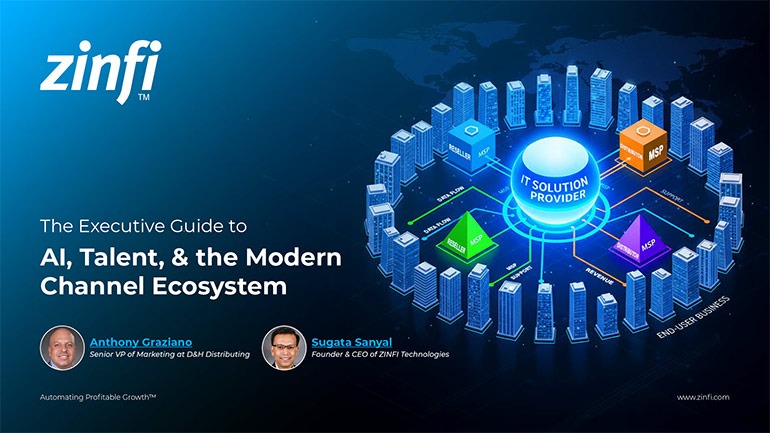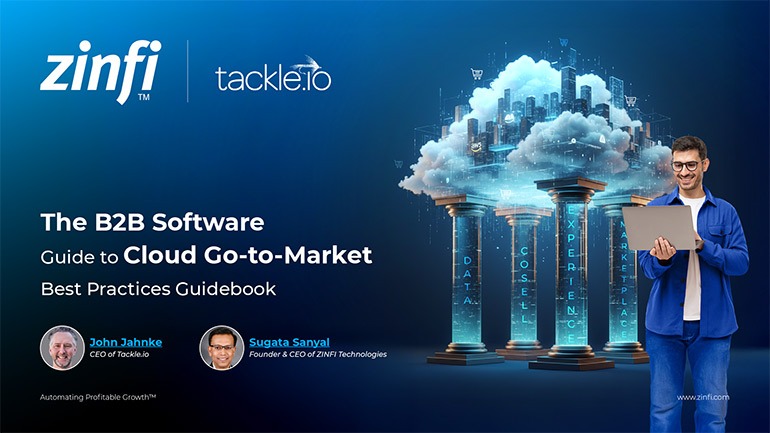Best Practices Articles

Channel Marketing Automation Should Shift Towards Partner Sales Enablement
Over the past decade — and particularly over the past five years — many channel marketing automation SaaS startups have entered the marketplace with the hope of garnering the interest of channel organizations looking to drive more demand through their channel. The first-generation tools rightfully focused on a missing gap — marketing resources at the channel partner organization — and addressed the promise of channel marketing automation by providing ready-to-launch, co-branded assets and campaigns for partner organizations to use. However, even with as they began to deploy a number of marketing automation tools, partners found they still needed to perform certain activities that require marketing resources or the allocation of resources from another area. As a result, with very few exceptions, most of these deployments delivered lackluster results. Organizations had switched channel marketing automation vendors in search of a better tool or platform but failed to address the need for a major behavioral shift in the partner base.
Partners are called resellers for a reason. They are not called remarketers. Most partner organizations (system integrators, VARs, resellers, franchises, agents, etc.) are resource-strapped and lack proper training, skills and marketing resources. So, despite the availability of sophisticated channel marketing automation tools, adoption of these tools has been tepid. That doesn’t mean vendors should abandon these platforms and go back to the dark ages of ZIP-file-based asset sharing. However, it is the duty of the channel marketing automation platforms to rise to the next challenge and address the core issue of sales enablement.
It is fair to assume the channel will look roughly the same over the next five years as it did over the past five. Until and unless a game-changing platform suddenly appears on the horizon or some other disruption takes place, changes in the channel are likely to continue incrementally. Despite seismic shifts tied to the cloud, mobility and the digitization of buyers’ engagement, it is highly unlikely that partner organizations will suddenly end up having abundant marketing resources. Therefore, channel marketing automation platforms need to address this gaping hole that the lack of marketing resources presents and convert that challenge into an opportunity. Instead of looking at the glass as a half-empty (partners lack marketing resources), I’d suggest we look at it as a half-full (sales resources are available) and focus on enablement activities.
Most vendor organizations selling through the channel provide some mechanism for lead distribution. Whether the industry is automotive, real estate, insurance, finance, technology or pharmaceutical, chances are there is a program in place for multi-channel lead generation, capture and lead distribution. When these leads are distributed, vendors should make it a priority to ensure the partner organization is capable of closing those leads in a highly competitive environment. In reality, most leads that are distributed to partners are not properly nurtured and followed up to be closed. This testifies to a lack of training and enablement in the sales organization, and reflects a significant shortcoming in many channel marketing automation platforms that are offered today.
Once we accept this premise that there is major opportunity that can be addressed by investing in partner sales enablement, the next logical question is to ask is: What is partner sales enablement? Partner sales enablement is a critical step in Unified Partner Management. It is about developing and deploying an integrated process that guides partners through a logical sequence of steps or stages required to close transactions, from the simplest to the most complex. This means providing not only structured training but also access to the necessary sales tools at each stage of the selling process.
From a functional perspective, sales enablement includes partner training, access to digital sales assets, and the ability to send interactive emails and digital content to track buyer engagement. A marketing automation platform offering state-of-the-art channel sales enablement tools should also provide deep business intelligence capabilities so that a vendor can continually track the effectiveness of sales programs, solutions content needed to close the sale, and all digital assets that play a role in the buyer engagement process.
Best Practices Guides
 First Principles Drive Modern Partner Ecosystem Success Best Practices
First Principles Drive Modern Partner Ecosystem Success Best PracticesDownload for FREE
 The Future of Managed Service Providers: Navigating the Age of AI and Automation
The Future of Managed Service Providers: Navigating the Age of AI and AutomationDownload for FREE
 Modernizing Channel Marketing: AI and Ecosystem Enablement Best Practices
Modernizing Channel Marketing: AI and Ecosystem Enablement Best PracticesDownload for FREE
 The Channel’s Shift to Partner-Led With AI Best Practices
The Channel’s Shift to Partner-Led With AI Best PracticesDownload for FREE
 Hyperscalers, ISVs, and AI: Shaping the Future of B2B Software Distribution
Hyperscalers, ISVs, and AI: Shaping the Future of B2B Software DistributionDownload for FREE
 Definitive Guide to a Partner Ecosystem-First Sales Strategy
Definitive Guide to a Partner Ecosystem-First Sales StrategyDownload for FREE
 The Partner-Led Digital and AI Transformation Best Practices
The Partner-Led Digital and AI Transformation Best PracticesDownload for FREE
 Startup Talent Recruitment: Hiring Missionaries, Not Mercenaries
Startup Talent Recruitment: Hiring Missionaries, Not MercenariesDownload for FREE
 The Future of Partner Relationship Management with AI in Partnerships
The Future of Partner Relationship Management with AI in PartnershipsDownload for FREE
 Cybersecurity for the 99%: Strategies from the Frontline
Cybersecurity for the 99%: Strategies from the FrontlineDownload for FREE
 Mastering Partner Relationships: A Strategic Approach to Business Growth
Mastering Partner Relationships: A Strategic Approach to Business GrowthDownload for FREE
 Mastering Partner Relationship Management: Keys to SaaS Channel Success
Mastering Partner Relationship Management: Keys to SaaS Channel SuccessDownload for FREE